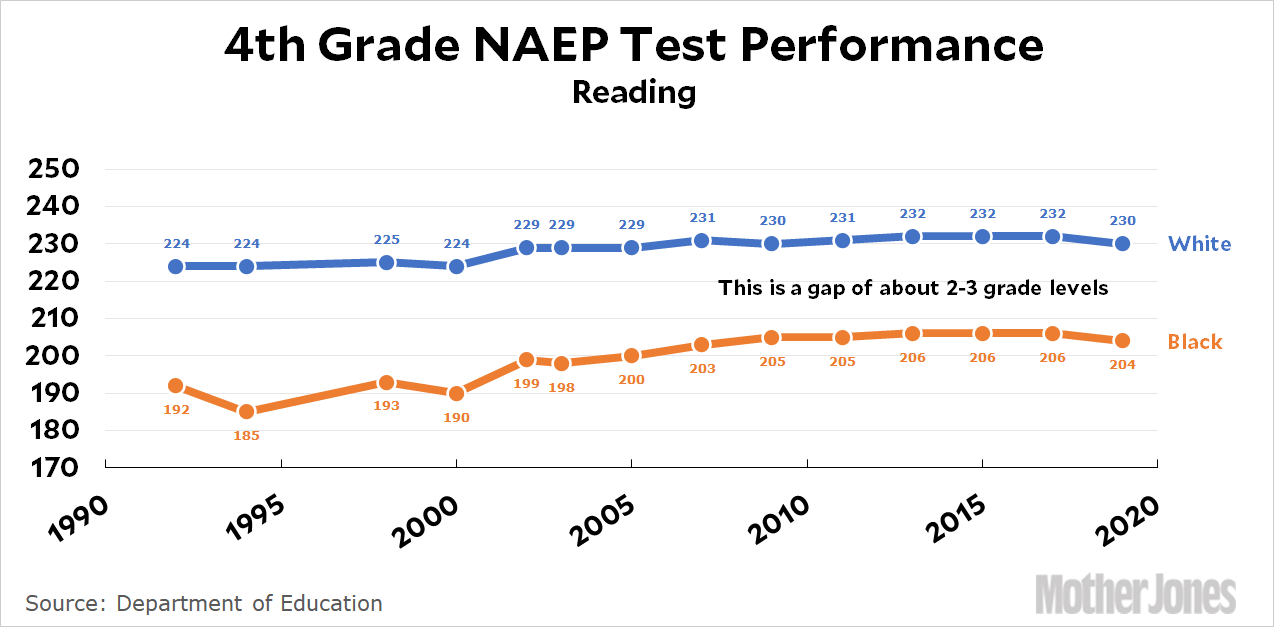The mayor of Los Angeles has responded to the George Floyd protests:
As protests over police brutality and the death of George Floyd stretched into a sixth day, Los Angeles officials said Wednesday that they will look to cut $100 million to $150 million from the city’s police budget as part of a broader effort to reinvest more dollars into the black community. In all, Mayor Eric Garcetti pledged that the city would “identify $250 million in cuts so we can invest in jobs, in health, in education and in healing,” especially in the city’s black community “as well as communities of color and women and people who have been left behind.”
This is good to hear, but $250 million is probably not as big as it seems. The Black population of LA is about 400,000. This means that Garcetti’s pledge comes to about $600 per person if the entire amount were spent just on the Black community. But it won’t be. It will be spent on communities of color more generally, which amounts to about 2.8 million people. That comes to $100 per person.
I don’t mean to criticize what Garcetti is doing, only to give you a sense of how much money this really is. It’s about 2 percent of the city budget, and the police cuts are about 5 percent of the law enforcement budget. Roughly speaking, this is the increase they would expect in the next fiscal year, so a cut of this magnitude means the police budget stays flat.
Of course, the rubber hits the road when we find out what all this money will be spent on. In the Washington Post today, Condoleezza Rice recommends more attention on education:
I ask my fellow Americans: What will each of you do? My personal passion is educational opportunity, because it is a partial shield against prejudice. It is not a perfect shield, I know, but it gives people a fighting chance. In my conversations, I want to discuss why the learning gap for black kids is so stubborn and what can be done about it. What is your question about the impact of race on the lives of Americans? And what will you do to find answers?
I agree with Rice. I know that education has fallen a bit out of favor in conversations about the biggest drivers of racism, and Rice is certainly right to say that it’s far from a panacea of some kind. But I’m still old school, so to speak, and I continue to believe that the educational gap between Black and white students is one of the core drivers of ongoing structural racism. We progressives don’t talk a lot about that these days, but we should.


















